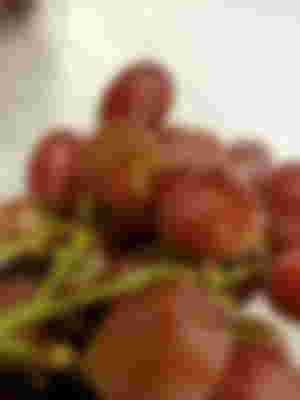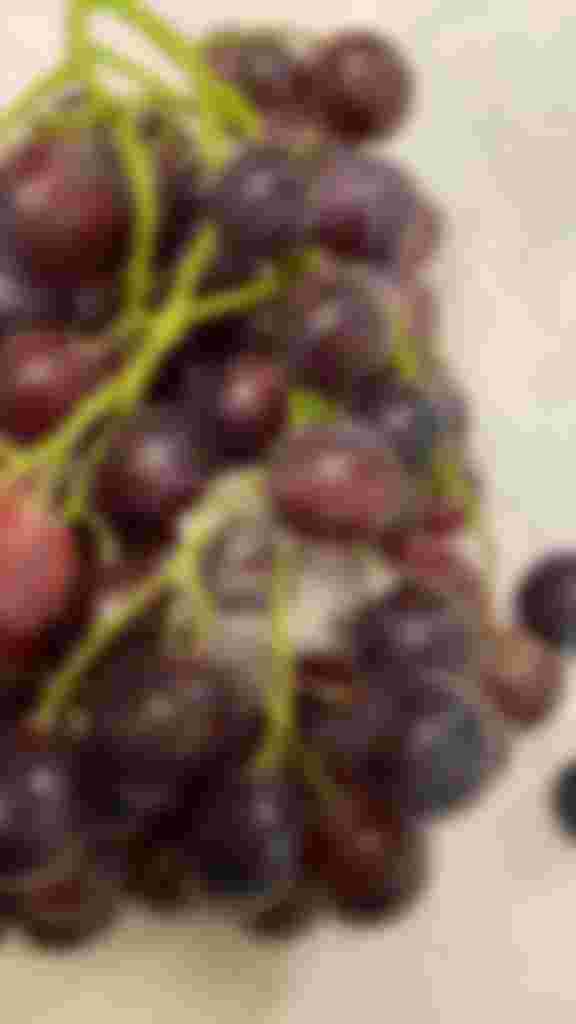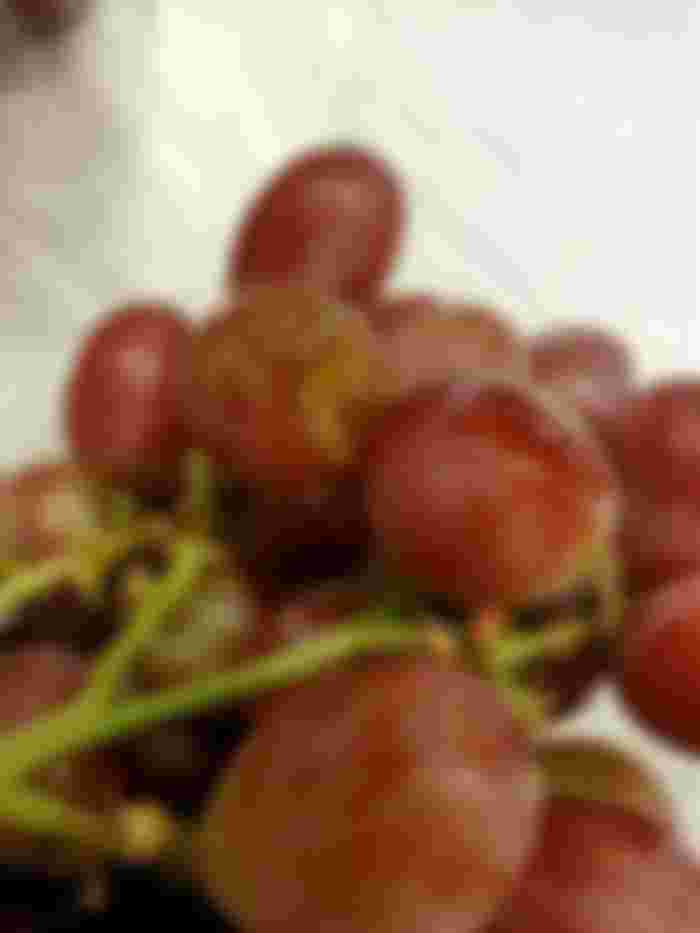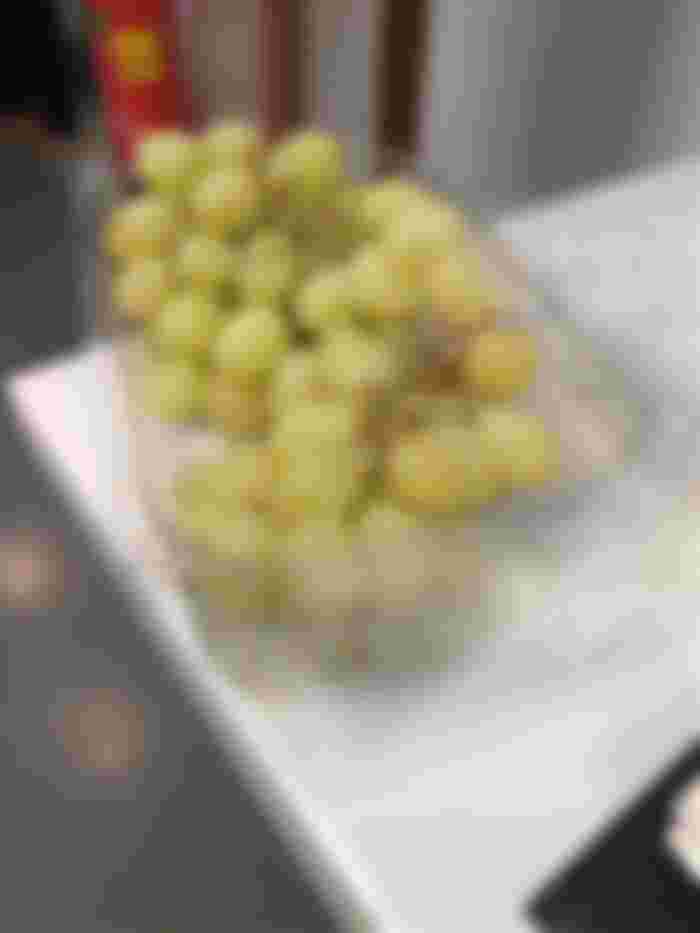Cultivated since the Bronze Age, the grape is one of the most widespread fruits in the world, indispensable in the manufacture of wine.
Since ancient times, this beverage has been traded, especially in the Mediterranean basin.
The Fruit of the Vine: The Grape


The cultivated vine (Vitis vivifera) is a climbing shrub belonging to the vitaceae family. Its stems can reach 20 m in length and 30 cm in diameter. The fruit is a juicy berry, round or oval, purplish blue or yellowish white.
The grape, rich in sugar, is particularly well suited to the manufacture of wines and juices. The seeds are seeds of variable size and shape are used for the manufacture of grape seed oil, used in cooking and cosmetics. There are a large number of varieties; some (the so-called vines) are used for wine making, others are used for fruit production, but most are used for winemaking.


5500 Years Traveling in History:
The cultivated vine is very similar to the wild vine, which grows throughout the Mediterranean basin, from the Atlantic coast to the vicinity of the Himalayas.
Viticulture settled in the Nile Valley, spread in parallel to Persia, Georgia and Greece, and was introduced by the Romans in Gaul.
Its expansion in South Africa in 1684, Australia 1788 and California 1875, was due to the settlement of European colonizers.


From Vine to Wine
Most cultivated vines come from a single selected seedling and are multiplied by cuttings. In reality, only generally identical clones are cultivated. This particularity had disastrous consequences in the 19th century, when French vines were attacked by PHILOXERA, an aphid-like insect imported from the United States, and half of the vineyards were destroyed. Today, American vine species that are resistant to Phylloxera (Vitis riparia) are used as rootstocks for European vines.


Wine and the Bible
Since ancient times, the vine and wine have received all the attentions of man. Complement of bread, wine is the emblem of life. In mythology, the God of wine and the vine, Dionysus among the Greeks and Bacchus among the Romans, were the object of an important cult.
The Christian Bible tells that after the flood, Noah's first gesture when he descended from the ark was to plant a vine.
And in the New Testament, Jesus' first miracle was to transform water into wine at the wedding at Cana.
In the Koran, which nevertheless forbids its consumption, wine is immortal and has a divine origin.


Grapes in Venezuela.
In my country, Venezuela, in the western states of Lara and Zulia is where the largest amount of grapes is produced and in Zulia is the Centro Viticola.
Anecdote. It was precisely from Zulia that we were donated 20 plants that we planted in the Presidential Residence of La Casona in 1985, during the government of Dr. Jaime Lusinchi, at that time I was assistant to the Director of the Ministry of Agriculture and Breeding of Aragua state, Eng. Romulo Sucre and Romulo was the nephew of Dr. Gladys Castillo de Lusinchi, first lady of the country and Mrs. Gladys wanted to have some table grape plants in that residence.
That certainly has been my only experience in the field with grapes, but I do love to consume them and also to taste a good wine from time to time, well in the Venezuela of yesteryear!
To close, a few days ago I was saddened by the news of the damage caused to the vineyards by the hail storms that occurred in Spain, practically two years of production were lost and the economic consequences are very substantial.

Dear readers, I invite you to continue accompanying me in my trips to my trunk of memories or to Rummage in My Notes.
Best regards.
Photographic support and writing by Oizaguirres for read.cash









Hola oiza, te va tan bien en tus post que me gustaria verte escribiendo más, ademas que haces mu buen contenido del cual la gente puede aprender muchas cosas, tienes la experiencia y sabiduria para tocar estos temas, te felicito